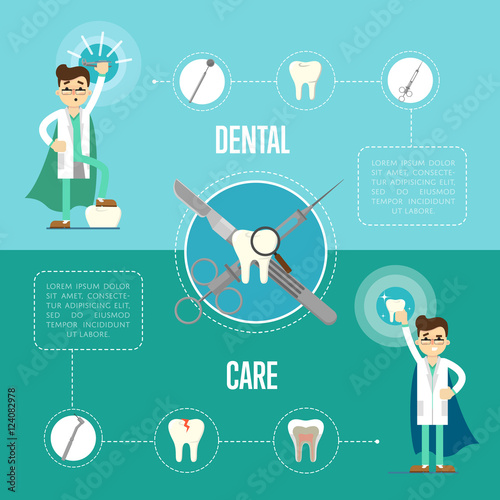The Improvement Of Dental Surgery: Pioneering Advancements And Progresses Specifying The Field
The Improvement Of Dental Surgery: Pioneering Advancements And Progresses Specifying The Field
Blog Article
Written By-Jama Jonasson
Invite to the globe of oral surgery, where innovations and breakthroughs are forming the future of the field! In Read the Full Post , you'll witness the transformative power of robotics, the innovative marvel of 3D printing, and the game-changing effect of minimally invasive strategies.
The future of dental surgery holds an assurance of precision, effectiveness, and improved individual end results. With the help of innovative robotics, cosmetic surgeons have the ability to do complicated procedures with greater precision and control.
3D printing modern technology is changing the production of oral implants and prosthetics, supplying customized options that fit seamlessly right into each individual's special makeup.
Furthermore, minimally Get Source are decreasing post-operative discomfort and healing time, allowing clients to go back to their lives sooner.
Get ready to explore the exciting technologies and developments that are reshaping the landscape of oral surgery!
Developments in Robotics
One significant advancement in oral surgery is the use of robotic modern technology, which enables specific and reliable surgical procedures. With the help of robot systems, oral specialists have the ability to do intricate surgeries with enhanced accuracy, decreasing the threat of human error.
These robotic systems are furnished with sophisticated imaging technology and accurate instruments that enable specialists to navigate via intricate anatomical structures with ease. By utilizing robotic technology, specialists can accomplish higher medical accuracy, causing boosted person end results and faster recuperation times.
Additionally, the use of robotics in oral surgery allows for minimally invasive treatments, minimizing the trauma to surrounding cells and promoting faster recovery.
3D Printing in Dental Surgery
To improve the area of oral surgery, you can check out the subtopic of 3D printing in dental surgery. This innovative technology has the potential to revolutionize the means oral specialists run and treat people. Below are 4 key methods which 3D printing is shaping the field:
- ** Custom-made Surgical Guides **: 3D printing permits the development of very precise and patient-specific medical guides, boosting the precision and effectiveness of treatments.
- ** Implant Prosthetics **: With 3D printing, dental doctors can create tailored implant prosthetics that completely fit a patient's special makeup, leading to much better results and patient satisfaction.
- ** Bone Grafting **: 3D printing enables the manufacturing of patient-specific bone grafts, decreasing the need for standard implanting methods and boosting recovery and healing time.
- ** Education and Educating **: 3D printing can be utilized to develop reasonable medical versions for instructional purposes, permitting dental cosmetic surgeons to exercise complicated treatments prior to performing them on clients.
With its prospective to enhance accuracy, personalization, and training, 3D printing is an amazing growth in the field of oral surgery.
Minimally Invasive Techniques
To even more advance the field of dental surgery, welcome the possibility of minimally invasive strategies that can greatly benefit both surgeons and people alike.
Minimally invasive strategies are reinventing the area by reducing medical injury, decreasing post-operative pain, and speeding up the healing process. These strategies involve using smaller sized cuts and specialized instruments to perform procedures with accuracy and effectiveness.
By utilizing advanced imaging innovation, such as cone light beam calculated tomography (CBCT), surgeons can accurately intend and carry out surgical procedures with marginal invasiveness.
Furthermore, making use of lasers in oral surgery enables precise tissue cutting and coagulation, leading to minimized bleeding and lowered healing time.
With minimally invasive techniques, patients can experience quicker recuperation, reduced scarring, and improved results, making it a vital facet of the future of oral surgery.
Final thought
So, as you can see, the future of oral surgery is unbelievably promising, with interesting technologies and breakthroughs forming the field.
From the advancements in robotics to using 3D printing and minimally invasive strategies, dental doctors are revolutionizing the way they supply treatment.
While some may fret about the prospective cost associated with these advancements, it's important to keep in mind that these innovations eventually boost patient outcomes and reduce healing time, making them well worth the financial investment in the future.
